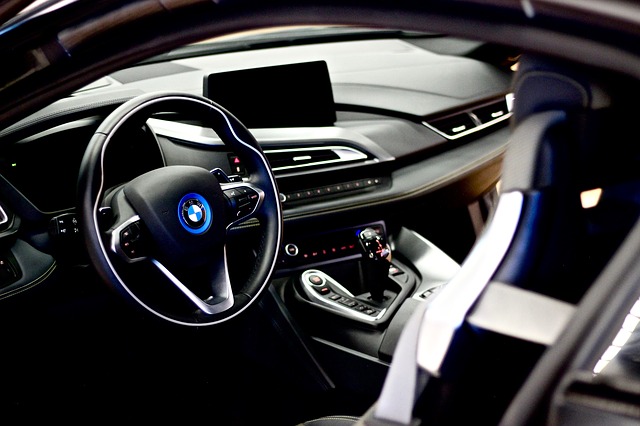
The production of driverless cars is expected to grow annually by 39.47% as documented by Forbes. From 2019 to 2026, the value of this industry will grow from $54.23 billion to $556.67 billion. To implement this technology, big auto-makers and tech companies like Google and Apple are combining efforts to advance future vehicles. Auto-makers are mainly focusing on the construction of lighter body panels, USB smart devices, remote controls, wireless receivers and other components. Tech companies are working with semiconductors, GPS, control systems, radar, and other innovative solutions. These innovations will revolutionize transportation by reducing accidents caused by reckless driving.
Reprogrammable Features
The automation of automobiles will utilize software programmed to benefit the user. Upgrades will be needed on the software to enhance the functional systems in all the vehicles. The owners will need premium insurance to ensure that the operating software of their automobiles is updated depending on their specifications. The navigation, wireless connectivity, and electrical components will need regular improvements installed to ensure the car works correctly. Digital features in the driverless cars will include radars, cables and sensors that work with the help of microcontrollers to enhance driving capabilities.
Connectivity And Homogeneity Of Digital Features
Digital technologies in driverless cars will need connectivity with communication systems. Some of these systems include road signs, road works and traffic lights. Incorporation of future cars and these systems will reduce congestion, helping passengers to navigate in populated cities. Homogenization is the feature that will enable the computerized cars to store digital data. This characteristic entails storing, interpreting and transforming data in the same manner, without deviating from the core functions. All the software and hardware will work in a synchronized way when moving the cars.
Future Environmental Features
The optimization of the auto industry with computers will promote environmental sustainability. Utilization of wireless connectivity will increase the ability to evade congested traffic areas, and will save on the use of fuel. The cars will also accelerate and decelerate systematically without wasting kinetic energy, hence utilizing power economically. Since most digital technologies in autonomous cars involve the use of electricity, emissions will be minimized significantly.
Most of the advancements in driverless cars will involve a combination of internet connectivity and computer programs. These technologies will reduce pollution, improve usability, and improve safety. To fully realize the potential of the automation of cars, vehicle manufacturers and tech companies will have to share ideas on how to combine software, mechanical, hardware and electrical components.
Tags: car accessories, self-driving cars


